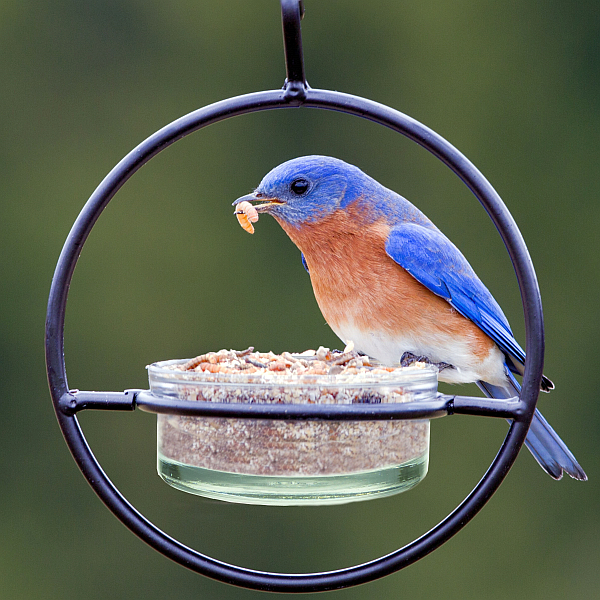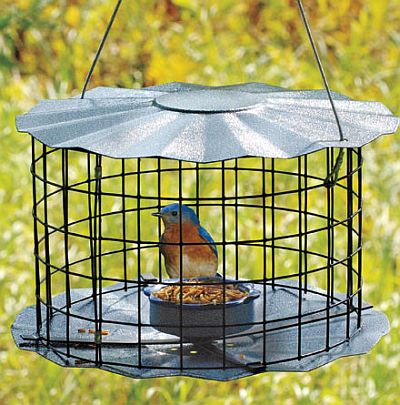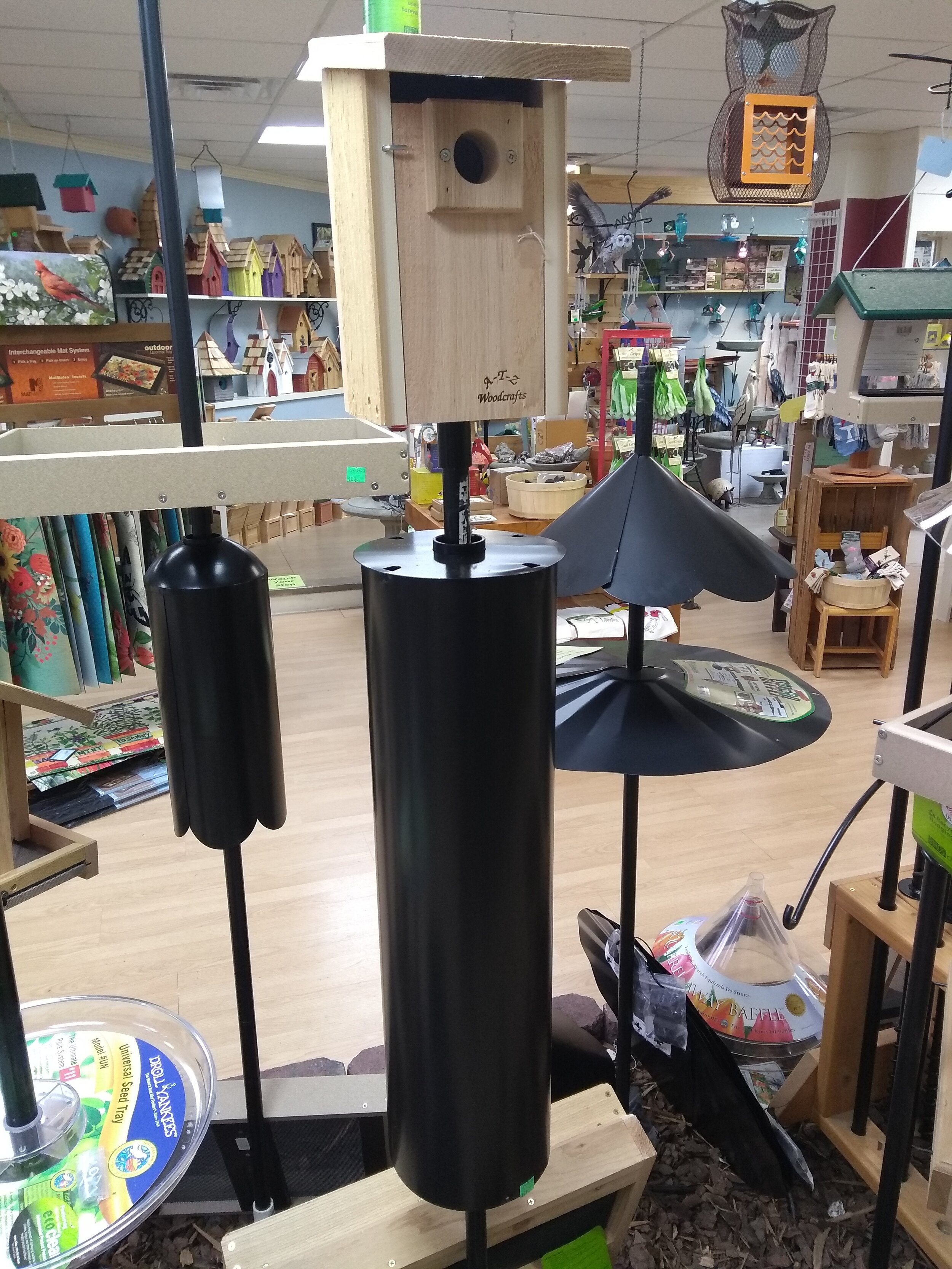Earliest Bluebird Nest with Eggs
Wood Thrush Shop team member, Jan, reported 5 Bluebird eggs in a nestbox at her home on Friday of this week. Wow, that’s early! This means the first egg was laid on the 4th of March and actual nest building was likely occurring in February, although Bluebirds have been known to sometimes build a nest in a day or two. This is an eager pair of Bluebirds. Jan had an early nesting last year, too. For most of us seeing Bluebirds nesting is still probably a couple of weeks away, if not longer. Many Springs I haven’t seen a 1st Bluebird nesting in my yard until well into April. Remember, they all do not start at the same time so there is no need to be concerned that you have done something wrong because you haven’t seen evidence of nesting yet. And, there’s a lot of time still to present a new Bluebird box and have success this spring and summer.
Should I Offer Mealworms to Bluebirds?
Offering mealworms is not necessary to attract Bluebirds. Offering a couple of nestboxes and birdbaths in good locations is the most important factor. Insects, the primary food source of Bluebirds, are everywhere they travel, Bluebird boxes are not. My advice is to start with the nestbox first. At such time Bluebirds discover the nestbox and begin nest building, or even egg laying, and if you are interested in feeding this is a good time to start. I think the following tips are the best way to begin feeding Bluebirds:
I would not recommend presenting mealworms before Bluebirds have begun nesting. You may just end up feeding other birds, which is ok, however, if you are presenting the worms near the nestbox birds like Robins, Mockingbirds, Jays, and Cardinals may become very territorial and aggressive about the free and easy food source. These birds may swoop in and drive the Bluebirds from the nestbox.
Let’s say Bluebirds have built a nest and eggs are present. How do you know? Refer to our website and the Bluebird section about monitoring. It is best to start by offering small amounts of worms, a dozen or so, and make sure the Bluebirds are near to see you place the worms in the feeder. My favorite feeder is a ceramic dish on a stand just 18” off the ground. As feeders go simple is best, dishes and platforms. If you feed Bluebirds the way we recommend you will not have to contend with larger birds becoming an issue and then need a specialized Bluebird feeder. Now walk away and watch. If the Bluebirds immediately pounce on and eat the worms offer another small helping to reinforce the process. If they fly away remove the worms so other birds do not find them and try again later. The goal is to establish you as the “keeper of the worms”. Three or four successful feeding sessions and they will begin associating you with the treat. Some people like to make a noise each time they offer worms so eventually Bluebirds will key in on the sound, like the Pavlov’s dogs experiment. I prefer silence because other birds are smart enough to key on the noise, too.
Live mealworms are always more appealing than dried, no contest, especially in spring and summer months. In warm weather live insects are readily available so dried mealworms tend to be less appealing.
Follow these tips and you will have a good Bluebird feeding experience. And do not feel as if you must feed them several times a day, or be concerned if you go on vacation and they won’t get worms for a week. Bluebirds know what they are doing and will not become dependent on the worms but only take advantage of them.
Next Week. When Should I Put out a Hummingbird Feeder?







